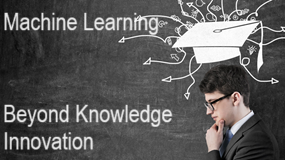Bagging (Bootstrap Aggregating) and Boosting are both ensemble learning techniques that aim to improve the predictive performance of machine learning models by combining multiple base learners. However, they differ in their approach to training and how they leverage the base learners’ predictions to improve model performance.
Bagging focuses on reducing variance, whereas Boosting focuses on reducing bias and achieving high accuracy through iterative refinement
Here are the key differences between Bagging and Boosting:
- Approach:
- Bagging: Bagging involves training multiple instances of the same base learning algorithm on different subsets of the training data using bootstrap sampling. Each base learner is trained independently, and their predictions are aggregated through averaging (for regression) or voting (for classification).
- Boosting: Boosting involves sequentially training a series of weak learners (usually decision trees) where each subsequent learner focuses on the mistakes made by its predecessor. The training process is adaptive, with each weak learner assigned weights based on its performance, and their predictions are combined to make the final prediction.
- Training Process:
- Bagging: In bagging, base learners are trained independently in parallel. Each base learner is unaware of the other learners’ existence and is trained using random subsets of the training data.
- Boosting: In boosting, weak learners are trained sequentially in a stage-wise manner. Each weak learner tries to correct the errors made by the previous learners, focusing more on the examples that were misclassified. The training process is iterative and adaptive.
- Bias-Variance Tradeoff:
- Bagging: Bagging aims to reduce variance by averaging multiple models trained on different subsets of the data. It helps to reduce overfitting and increases model stability by reducing the impact of noisy data points or outliers.
- Boosting: Boosting aims to reduce bias by iteratively improving the model’s performance on the training data. It focuses on reducing both bias and variance, leading to potentially lower overall error compared to bagging.
- Performance:
- Bagging: Bagging typically results in models with lower variance and better generalization performance. It works well with high-variance models prone to overfitting, such as decision trees.
- Boosting: Boosting often achieves higher accuracy than bagging, especially when combined with weak learners. It can significantly improve the performance of weak models and is less prone to overfitting in practice.

